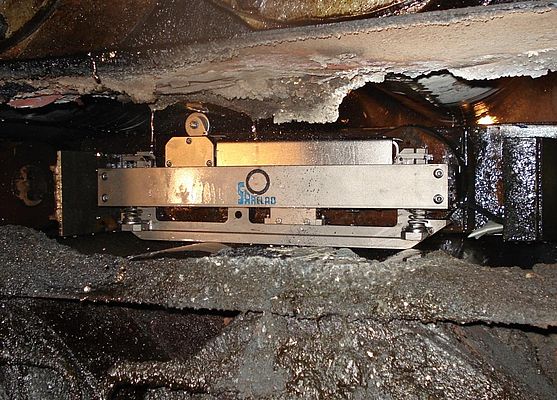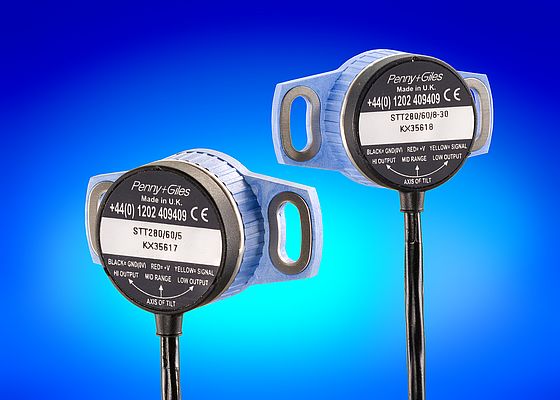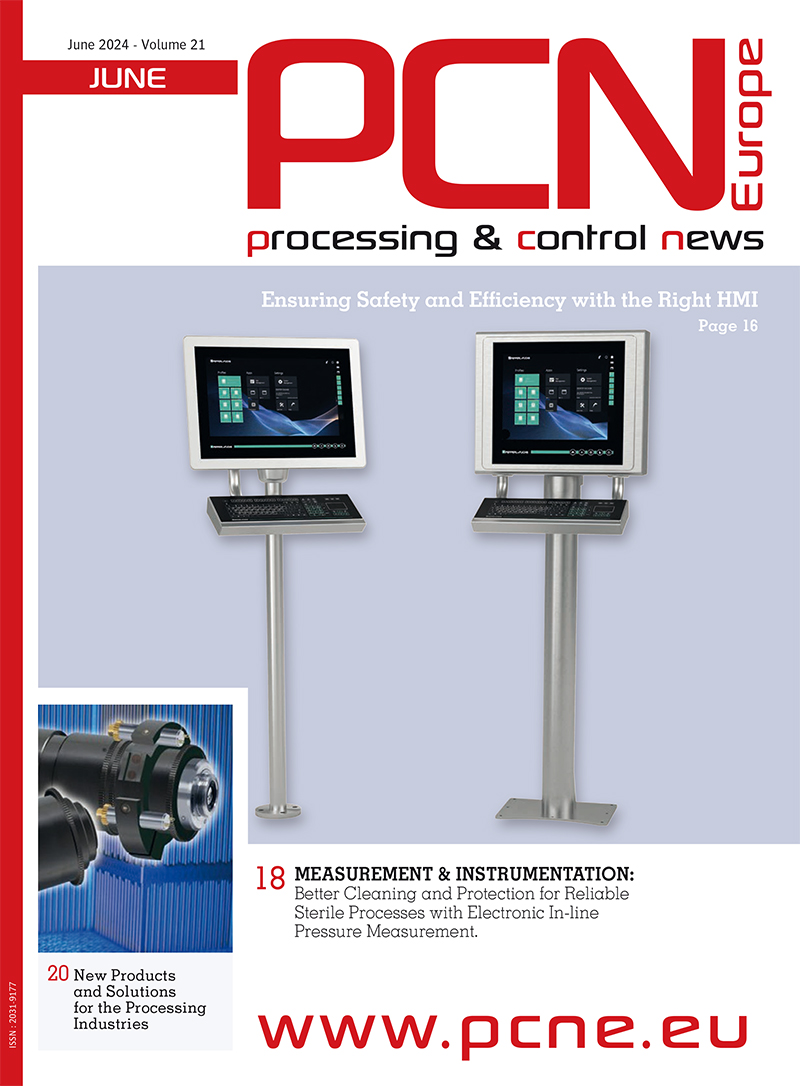Tilt sensors and rotary Hall effect sensors provide critical measurements for an In-Chain Strand Condition Monitor – a precision, online measurement system used to monitor continuous casting machine rolls used in the steel making process.
The In-Chain Strand Condition Monitor (In-Chain SCM) is permanently installed in the steelmaking process to enable automatic fixed-roll alignment and roll-gap measurements to be performed at the beginning of every casting, without affecting production activities. The sensors were specified to meet the stringent requirements of a system that is robustly engineered to endure the extremely hostile casting environment.
Commenting for Sarclad, In-Chain SCM manager Richard Cowlishaw says: “With a continuous cast system able to produce in excess of $1million worth of steel a day time is of the essence, so interrupting production to measure the condition of the casting machine could cost steelmakers huge amounts of money. Installing a Sarclad In-Chain SCM system ensures that measurements are taken automatically at the start of every cast, so that costly downtime is avoided and quality of product is maintained.”
The STT280 tilt sensors are fitted to the In-Chain SCM to measure the fixed-roll alignment of the casting machine using spring-loaded blades that tangent pairs of rolls to measure the angles between them. The data is then processed to identify rolls and segments that are out of position relative to other rolls within each segment.
Sarclad had previously used inclinometers, but specified the Penny + Giles tilt sensor because its compact size and extremely robust construction proved more effective and robust for the application. In addition, because measurements are taken while the continuous cast system is moving, inclinometers were prone to resonate or create a spike output. In contrast, the STT280 tilt sensor features 3D-MEMS technology, which provides a naturally-damped response that is unaffected by knocking or vibration. This feature is especially important for continuous steelmaking operations where accurate measurements are vital, as Richard Cowlishaw explains.
“The steel making process involves pouring molten steel into a caster mould and oscillating the mould to prevent the liquid steel sticking to the sides while it solidifies. The vibrations from the action of the oscillator affects the measurements taken with traditional inclinometers, by producing spiked rather than smooth outputs, which corrupts the measured data.
The caster operates from ninety degrees vertical to zero degrees horizontal, so in order to accurately measure between the two angles it is necessary to measure beyond them. The STT280 sensor were customised to measure between 92 degrees and -2 degrees, providing the calibration points we needed outside the measuring range.”
He goes onto say that Sarclad was so impressed with the Penny + Giles sensors that they have also been installed on its traditional Strand Condition Monitor, which is the offline equivalent of the online In-Chain system.
Sarclad also uses SRH280DP rotary Hall effect sensors to measure gap displacement on the In-Chain SCM system, replacing the rotary inductive position sensor (RIPS) used in the original design.
Says Richard: “The RIPS were too big, were influenced by forces exerted on the shaft and used a technology that proved to be unsuitable for the application. Axial loads on the RIPS shaft also caused the output to fluctuate even though it wasn’t being rotated.” He adds that potentiometers also proved problematic because the application only needed a small length of track, which meant that the conductive grease degraded prematurely, causing spikes in the signal.
When Penny + Giles introduced the SRH280 rotary Hall effect sensor to provide uniform feedback, Sarclad immediately realised its benefits even though it was only initially launched as a single channel sensor. However, the range was programmable, which allowed the company to get the maximum resolution from the 30 degrees rotation output they required. Sarclad now fits the recently developed SRH280DP two channel version, which can be configured with both channel outputs increasing with clockwise or anti-clockwise shaft rotation, or one clockwise with one anti-clockwise.
“Being a non-contact Hall effect sensor, any pressure applied to the shaft in an axial direction does not affect the output.” says Richard. “It is also available as a regulated or unregulated version, is very stable and not affected by heat or shock, which is a real bonus for this particular application.”
The SRH280DP is fitted as part of a gap transducer, which has a spring-loaded rotary arm that extends out to contact the caster rolls to provide an absolute measurement for the distance between the pair of opposing rolls.
Sensors offer online measurement
in steel making process
- by Curtiss-Wright Industrial
- March 2, 2012
- 464 views



















